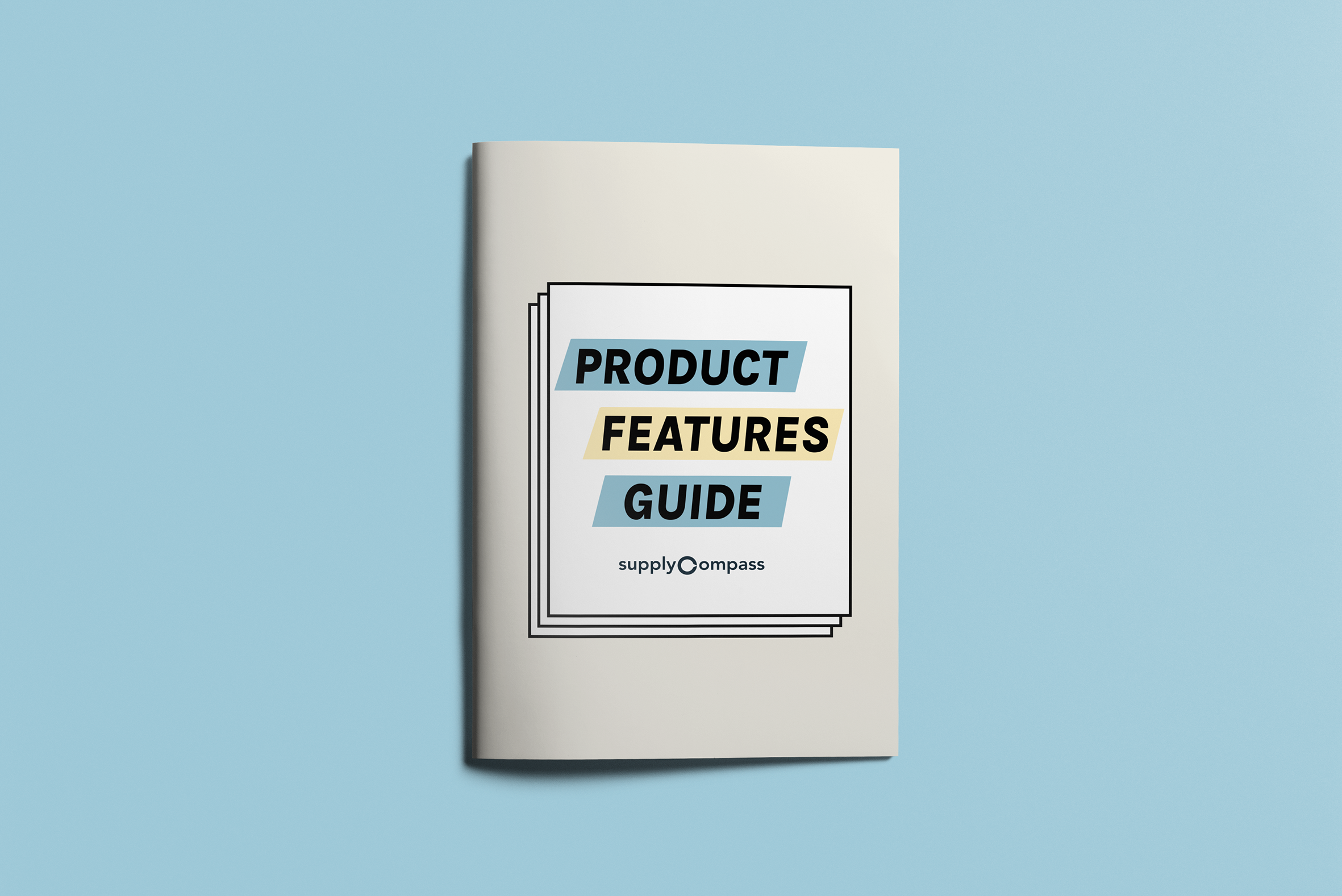
The Right Thing #4 - Designing Behavioural Change in Fashion Tech
Flora, our Co-Founder and Head of Product writes The Right Thing every month, covering everything from systems thinking to innovation and sustainability. Want to be the first to read it when it first releases? Subscribe here.
The concept of tech for good and behavioural design has become a bigger topic of conversation in recent times as the world grapples with an escalating crisis that affects human beings at large. The fashion industry, in particular, has for long been allowed to operate without any checks or policing, and this can be partially attributed to its speed. It’s hard to always do the right thing when you are working at breakneck speed and constantly chasing numbers to survive.
But, even if (like Humankind) you believe all humans are inherently good, human decision-making often operates seemingly irrational ways in which we operate—The Rational Man is a myth. Although we assume that, given enough data, people make logical choices in their best interests, that’s often not the case. Everyone’s so busy that our brains can’t help but succumb to shortcuts and errors that affect our decision-making and even sneak attacks.
Behavioural design
Behavioural Design is a method - understanding how people think, how they make decisions and look to influence behaviour. Applying behavioural design—the combination of behavioural economics and human-centred design—to digital transformation helps tech focus on the end-user.
Why do people do what they do? And how do you help people to make better decisions and shape better behaviours?
Culture change is not brain surgery, but it is rooted in neuroscience! Brain-based, behaviour-centric approaches are critical to embedding lasting change, by slowly making small, gradual changes that add up over time. Improving productivity and collaboration, taking more ethical decisions, engaging with important information and changing a work culture are all areas that behavioural design influences.
In particular, workflow tools have the potential to encourage better practice and behaviours over time. Structure and process can build consistent ways of work that work better for all, rather than one. Plus, good behavioural design accounts for the impact of the action not only on you but on the people around you that it impacts and the possible ripple effects. It’s about persuasion through UI rather than forcing or coercion.
The user is at the centre of design, so the importance of getting under the skin of people and understanding their unique lives is a given for designing software. It’s also important to build for multiple perspectives and design for the different lived realities of many who come from different backgrounds—cultures, races, sexualities, geographies, etc.
Most of all, behavioural design is research-driven involving many interviews with users, usability testing and evaluation, refining and iterating.
Whatever you do for me but without me, you do against me.
Nudging (in a good way)
A nudge is any small feature in the environment that attracts our attention and alters our behaviour. If you have ever shopped on a retailer’s website or used a mobile app to order something, you have been digitally “nudged” toward a behaviour – whether it is to buy something extra or react to a suggestion for a new drink
In the book ‘Nudge’ it’s also explained that by being human, we all are susceptible to various biases that can lead us to blunder. If you know how people think, you can design choice environments that make it easier for people to choose what is best for themselves, their businesses and society at large.
But here’s the thing. You can nudge for good, or you can nudge for evil. Dark pattern design is deception and dishonesty by design that can be sneaky or counter-intuitive. For example, websites can make it much harder to cancel orders than to sign up, make language purposely vague or trick people to click the large red button while making other choices unnoticeable.
Applying Behavioural Design to buying practices through fashion tech
A lot of the processes involved in making clothes can be incredibly wasteful. With too much freedom to design a process how you want, this can lead to negative behaviours, both intentional and unintentional—it can often be hard to remember the impact of every decision when under pressure to deliver product quickly and hit revenue targets.
Ordering too many samples, changing measurements or details at the last minute, not keeping up with approvals needed or delaying payments can seem easy or normal, but ultimately has consequences on your manufacturers and garment workers, who need to work harder. This also affects the quality of your product, lead times and ultimately both your revenue as well as your relationships with your manufacturers.
How can behavioural design improve buying practices? This is done by understanding what actions are most crucial, designing the right workflows that consider possible implications on both sides and using gentle persuasion techniques or nudges.
For example, including validation messages such as “Are you sure you want to go ahead as x action will happen?” and making it hard to go back on critical decisions, such as editing important messages or cancelling an order where the material has been paid for are areas where intervention helps slowly improve buying practices.
The right design can also drive equal and shared accountability and commitment. Capturing approvals & changes and maintaining digital records of every transaction, along with creating actions that ensure both sides agree to decisions together, helps remove any scope for a blame game or he said-she said. By making it very clear from the outset who is responsible for what action it ensures that one side doesn’t have to unfairly carry the burden of doing things the right way.
Ultimately we must consider the impact of what we’re building for the long-term and be cognizant of the fact that technology can be used for good and that behavioural design is a powerful tool to shape decision-making, processes, experiences and results. In an industry where the status quo has been untouched for too long, designing technology to help people do the right thing for both themselves and others, will go a long way in creating meaningful systems-wide change.
The Right Thing covers topics from innovation, design, systems thinking and sustainability. Want to read past articles in the series?
As Co-Founder and Head of Product at SupplyCompass, Flora Davidson is responsible for the vision and direction of this platform. With a background in innovation and ethnographic market research, she’s wholly focussed on being customer-driven (brand and factory!) in her approach to what technology they build, how and why. She’s obsessed with good design and excellent, intuitive user experience. Flora is passionate about reimagining how the fashion ecosystem can work more openly and collaboratively together, and sees the shift in emphasis towards stronger partnerships between brand and factory, as foundational to the transformation of the industry.
More on our blog
We’ve launched our comprehensive Product Features Guide!
We’ve just launched The SupplyCompass Product Features Guide. We break down all our 95+ features and sub-features, explaining how you can use them and what makes them tick—so you can understand how SupplyCompass can help SME fashion brands like you.
Right Thing #5 - The name of the game is Agility
In agility, there’s a real emphasis on co-creation, on a cycle of continuous improvement, production and distribution with regular reflections on how to be better by constant fine-tuning and adjusting. Brands and supply chains being agile will, no doubt, be the most successful — and sustainable — organisations of the future.
Here’s how tech enables sustainability
What’s the first thing that comes to mind when you think of sustainability? Data is rarely the answer. Watch/Listen to Co-Founder and Head of Product Flora Davidson explain how technology can enable brands to embed sustainability principles into their business.
Get started with our platform
Read the Right Thing
Subscribe to join sustainability nerds, production gurus and thought leaders from companies like Ganni, Adidas, AllBirds and Finisterre & become part of the 10,000+ community who get The Right Thing—a fortnightly letter straight from our Co-Founder’s desk.



